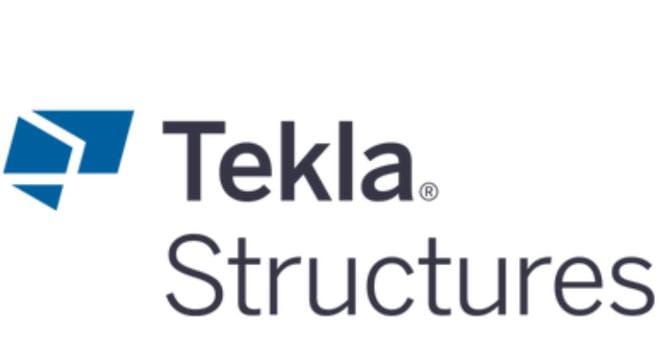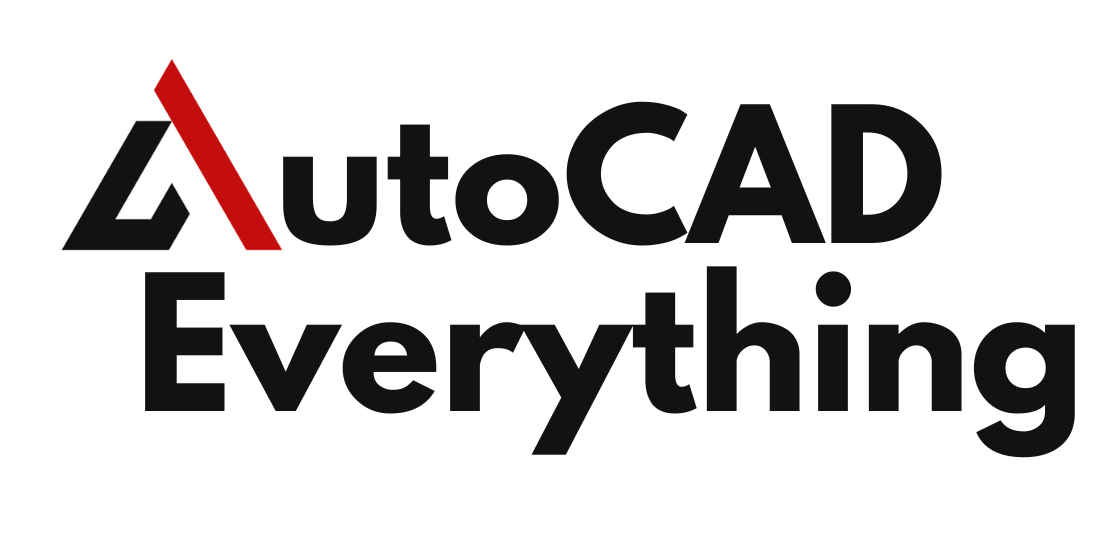Introduction
The world of construction and structural engineering has undergone a massive transformation with the advent of Building Information Modeling (BIM). Among the most powerful BIM software available, Tekla Structures BIM stands out for its precision, efficiency, and ability to streamline workflows. This advanced tool enables professionals to create accurate 3D models, enhance collaboration, and improve project execution from conception to completion.
This article dives deep into Tekla Structures BIM, exploring its features, benefits, applications, and why it has become an essential tool for architects, engineers, and construction managers worldwide.
Table of Contents
Understanding Tekla Structures BIM
What is Tekla Structures BIM?
Tekla Structures is a leading BIM software developed by Trimble that focuses on structural engineering and detailing. It allows users to create highly detailed, information-rich 3D models that cover every aspect of construction, from steel and concrete structures to prefabricated components. Unlike traditional CAD tools, Tekla enables intelligent data management, making projects more accurate and efficient.

How Tekla Structures Enhances BIM Workflows
- Precise 3D Modeling – Tekla provides accurate and data-driven 3D models, ensuring minimal errors and better visualization.
- Seamless Collaboration – Supports open BIM standards, allowing architects, engineers, and contractors to work together effortlessly.
- Material Optimization – Reduces waste and enhances sustainability by improving material estimation and utilization.
- Automated Reports & Documentation – Generates accurate schedules, reports, and construction documents in real-time.
Key Features of Tekla Structures BIM
Advanced Structural Modeling
Tekla allows users to model steel, concrete, timber, and composite structures with unparalleled accuracy. The software ensures that all structural components are interconnected, reducing design clashes and costly revisions.
Intelligent Clash Detection
One of the most crucial aspects of BIM is clash detection, which prevents design errors before construction begins. Tekla identifies potential conflicts between structural, mechanical, and architectural elements, helping teams resolve issues early.
Parametric Design & Automation
Tekla’s parametric modeling tools enable users to create customized components, automate repetitive tasks, and optimize designs efficiently. This feature enhances productivity by reducing manual input errors.
Seamless Integration with Other BIM Software
Tekla Structures supports various file formats, such as IFC, DWG, and DGN, allowing seamless integration with other BIM tools like Revit, AutoCAD, and Navisworks. This flexibility ensures smooth collaboration between multidisciplinary teams.
Real-Time Collaboration with Tekla Model Sharing
With Tekla Model Sharing, teams working in different locations can collaborate on the same model in real time. This feature ensures instant updates, reduced data conflicts, and faster project completion.
Accurate Quantity Takeoff & Cost Estimation
By linking models to cost and quantity data, Tekla Structures BIM enables project managers to make informed decisions, optimize budgets, and minimize material waste.
Benefits of Using Tekla Structures BIM
1. Enhanced Accuracy & Efficiency
Unlike 2D CAD drawings, Tekla Structures BIM eliminates human errors by providing a detailed digital twin of the construction project. This results in fewer RFIs (Requests for Information) and change orders during construction.
2. Faster Project Completion
Automating tasks like steel detailing, rebar placement, and connection design reduces manual effort, ensuring faster turnaround times.
3. Better Collaboration & Communication
With cloud-based model sharing, project stakeholders can review, comment, and modify designs in real time, fostering better communication and reducing misunderstandings.
4. Cost Savings & Waste Reduction
Accurate material takeoff, optimized design, and clash detection help minimize rework, saving both time and money.
5. Improved Sustainability
By optimizing material usage and reducing errors, Tekla contributes to greener construction practices and minimizes environmental impact.
Applications of Tekla Structures BIM
1. Steel & Metal Structures
- Used for designing and fabricating steel beams, columns, trusses, and connections.
- Ensures compliance with international design codes.
2. Concrete & Reinforced Structures
- Supports modeling of reinforced concrete, precast concrete, and post-tensioned structures.
- Automates reinforcement detailing, reducing errors in site execution.
3. Industrial & Plant Design
- Widely used in oil & gas, power plants, and industrial facilities to create precise structural models.
4. Bridges & Infrastructure Projects
- Helps engineers design complex bridges, tunnels, and transportation structures with accuracy.
5. Prefabrication & Modular Construction
- Ideal for modular buildings, precast elements, and off-site fabrication.
- Ensures quality control and smooth integration of components on-site.
Comparison: Tekla Structures vs. Other BIM Software
| Feature | Tekla Structures BIM | Revit | AutoCAD | Navisworks |
|---|---|---|---|---|
| Structural Focus | Yes | Limited | No | No |
| Parametric Design | Yes | Yes | No | Limited |
| Clash Detection | Yes | Yes | No | Yes |
| Integration | High | Moderate | Limited | High |
| Cloud Collaboration | Yes | Yes | No | Yes |
Frequently Asked Questions (FAQs)
What industries use Tekla Structures BIM?
Tekla is widely used in construction, infrastructure, industrial projects, and prefabrication industries to ensure accurate design and execution.
Can Tekla Structures be integrated with Revit?
Yes, Tekla supports IFC file exchange, enabling seamless collaboration with Revit and other BIM software.
Is Tekla Structures suitable for small projects?
Yes, while Tekla is often used for large-scale projects, it is equally beneficial for small and medium-sized construction firms.
Does Tekla Structures require high-end hardware?
While Tekla performs best on powerful workstations, it offers cloud-based options to reduce hardware dependency.
How does Tekla Model Sharing work?
Tekla Model Sharing allows multiple users to work on the same model in real-time, making collaboration efficient and reducing project delays.
What are the licensing options for Tekla Structures?
Tekla offers perpetual licenses, subscription models, and cloud-based access, catering to different business needs.
Conclusion
Tekla Structures BIM is a powerful, reliable, and industry-leading software that has transformed the way structural engineers and construction professionals design, collaborate, and execute projects. With its precise modeling, automation, and integration capabilities, Tekla ensures faster project completion, reduced costs, and enhanced sustainability.
As the construction industry moves towards digital transformation, adopting Tekla Structures BIM can give professionals a competitive edge and significantly improve project outcomes.

